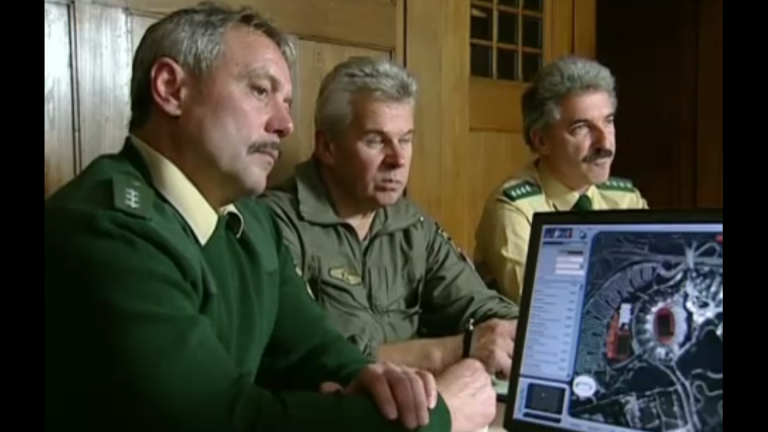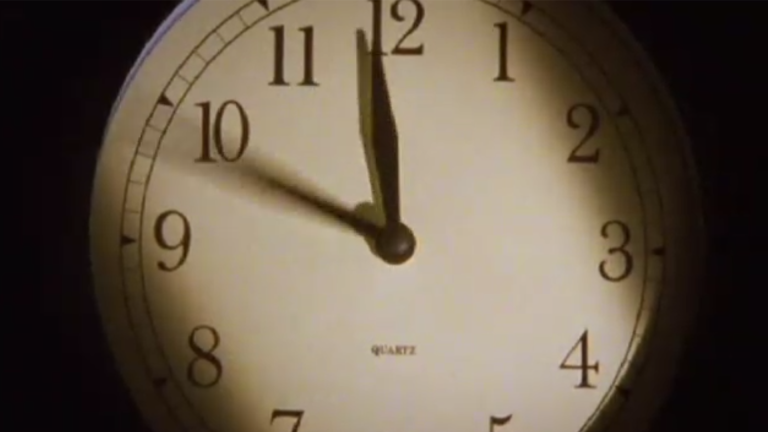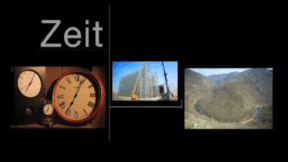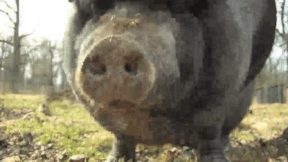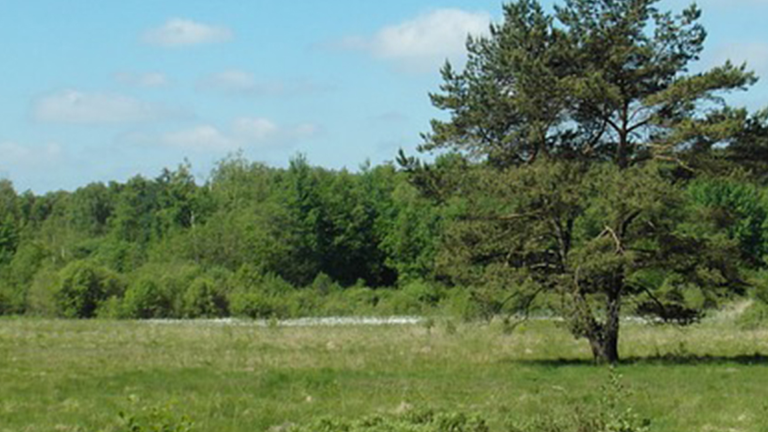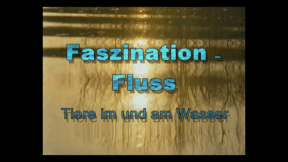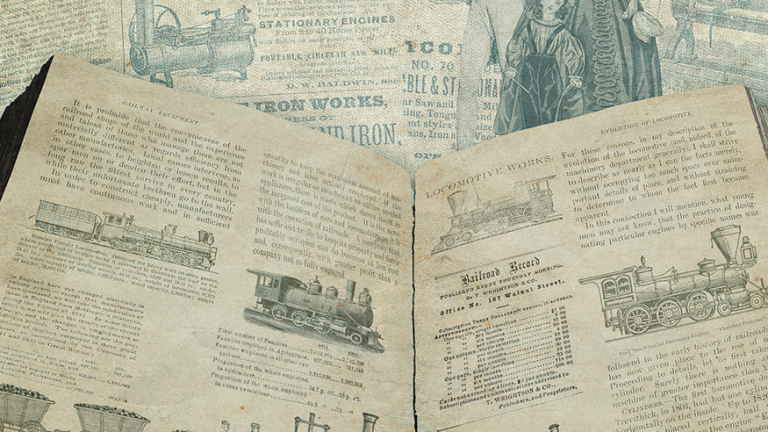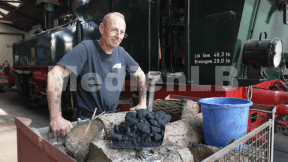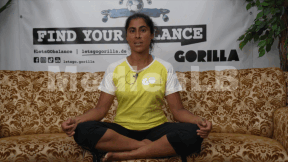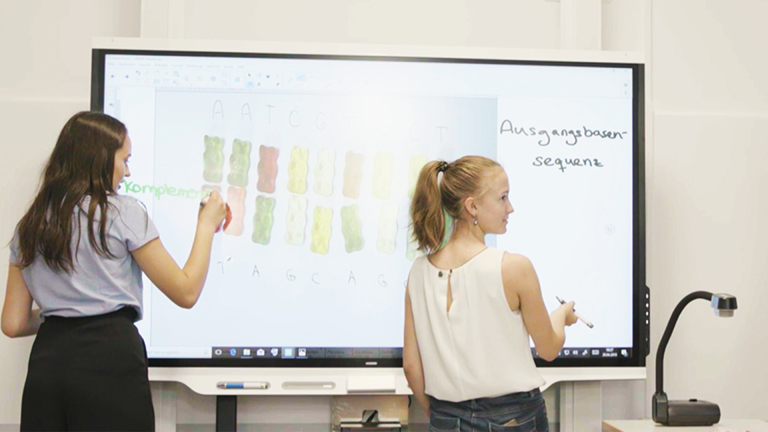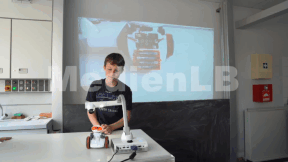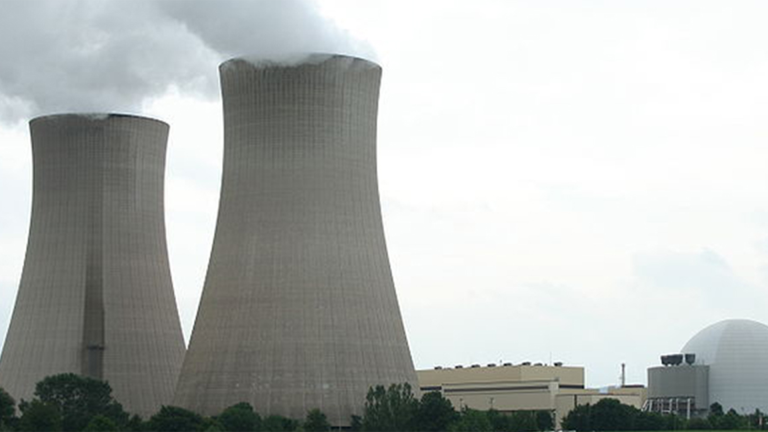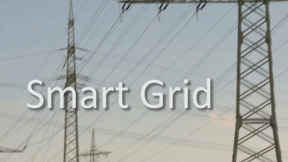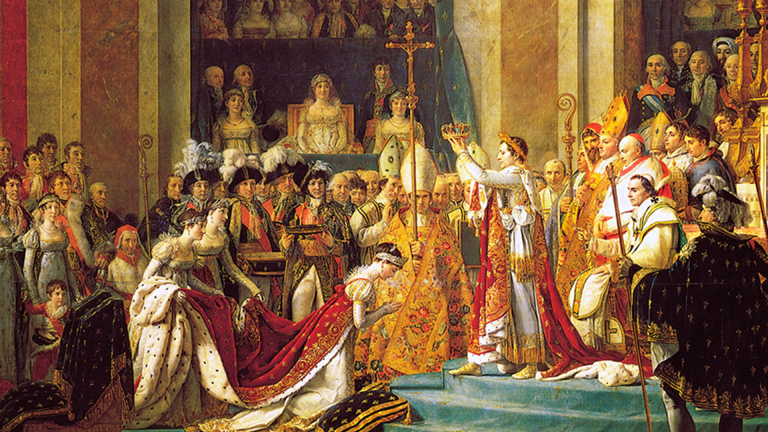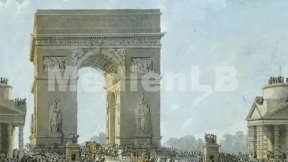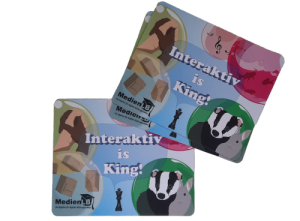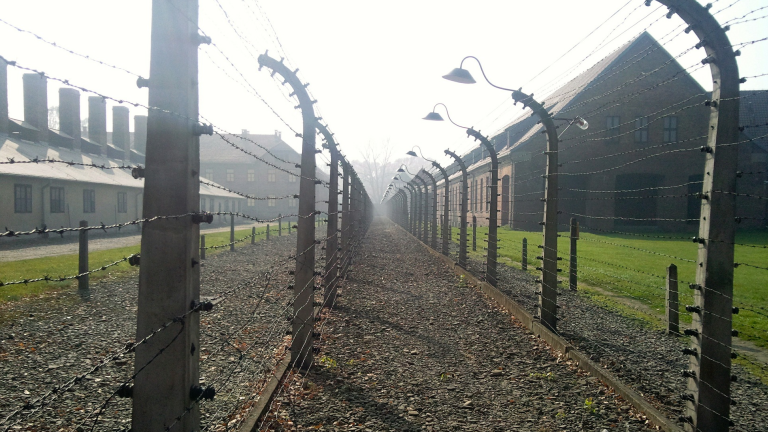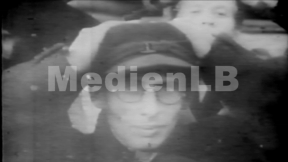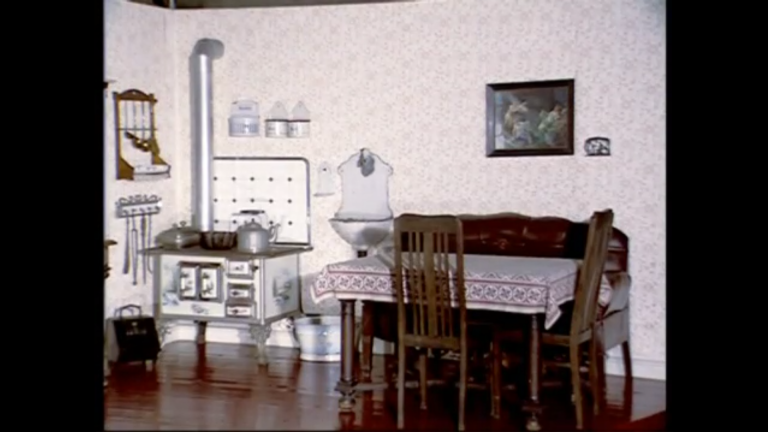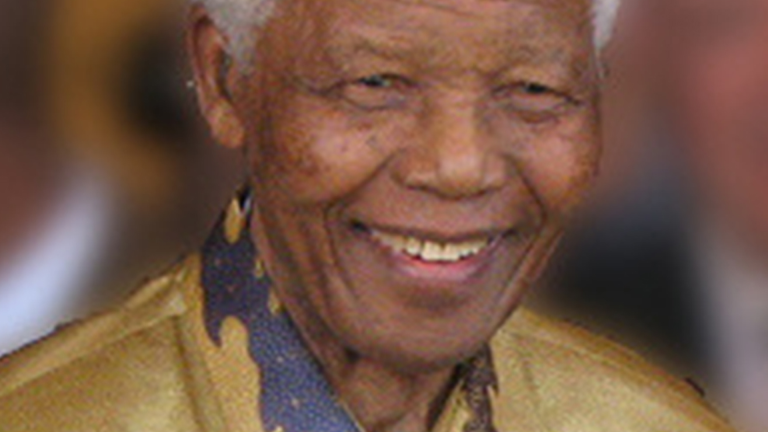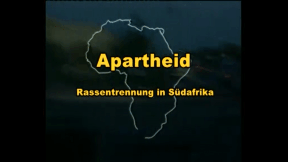Suche:
- # Artistry
- # Biology
- # Chemistry
- # Ecological
- # Economy
- # English
- # Foreign Language
- # Geography
- # German
- # Health
- # History
- # Informatik
- # Latin
- # Mathematics
- # Media Education
- # Music
- # Physics
- # Politics / Civics
- # Preschool
- # Primary School
- # Religion
- # Society
- # Sports
- # Technology
- # Training of Teachers
- # Vocational Education
Police
This DVD provides comprehensive information on the diffe- rent areas of police activity. The responsible job of police officers as well as their every- day duties are clearly described and shown in a way that is understandable to primary school pupils. “Police – In Action for Safety” offers a detailed insight into the cop-operation of all police forces and the technical means available to them, for instance when on duty in road traffic, at special or large events, when searching for persons, when solving crimes as well as on daily patrol duty. In exciting film clips, the pupils can directly experience what the life of a police officer is like. The comprehensive accompanying material complements the facts already learned and further includes many transfer tasks, language games and mathematical questions regarding police work.
Learn moreTime
Time governs our everyday life. We cannot touch, hear or see it but it is always there. One century ago, Albert Einstein proved that time is relative. It is an extremely subjective experience and a phenomenon that is difficult to grasp. The DVD explains the “time” phenomenon. It explains the limits to perception and visualises what is invisible to the human eye by means of slow motion and fast motion pictures.
Learn morePig
Pigs are considered good luck symbols and are an important food source. They are true olfactory artists and their auditory sense is excellently developed. Their vision, however, is not good at all. The film presents wild pigs and farm pigs and deals with the topics of factory farming and organic farming. Domestic pigs are descended from the wild boars spread all over Europe. Wild Boars are nocturnal animals, love wallowing in the mud, rub against tree trunks and feed on acorns and beechnuts. Domestic pigs might become up to 12 years old provided they were not already slaughtered at the age of six months and a weight of 100 kilogrammes. In factory farming large amounts of meat are to be produced fast and at little cost. This is detrimental to the health of man and animal. Contrary to factory farming, ecological farming ensures species-appropriate husbandry and sustainable production. Together with the extensive accompanying material the DVD is ideally suited for use in the classroom.
Learn moreFascination River
Brooks and rivers cross our country. They burst their banks in their natural course and form many habitats for plants and animals. Let us start on a journey of discovery together and experience nature in all its diversity along an intact river system with running and stagnant waters. Water is the source of life on our planet. The sturgeon is among to the oldest species alive on earth today. Sturgeons are also called “living fossils”, since they occurred already 250 million years ago and have survived, contrary to dinosaurs. The sturgeon spends most of its time at sea. But at the onset of sexual maturity the fish wanders hundreds of kilometres upstream for spawning. The eggs of the sturgeon are caviar. As it is also a popular food fish, it was almost exterminated due to intensive fishing and the loss of its natural habitats. For a couple of years, the sturgeon has been returned to the wild in the rivers Oder and Elbe and one day maybe you'll have the chance to watch it circling around at the bottom of the river.
Learn moreThermodynamik
Die klassische Physik setzt in ihrer Disziplin Thermodynamik Wärme, Druck und Volumen in Relation. Schon lange nutzen Menschen diesen Zusammenhang, um etwa mit Dampf Turbinen anzutreiben und damit Energie zu gewinnen.
Learn moreYoga
In diesem Film nimmt Caroline vom Gorilla Schulprogramm gGmbH mit auf eine Reise, um Stress abzubauen und die Muskeln zu stärken. Mit leicht zu erlernenden Yoga-Übungen wird das Herz gestärkt, die Atmung vertieft und die Muskulatur gekräftigt. Die begleitenden interaktiven Aufgaben bringen spielerisch die Grundelemente der zugrundeliegenden Philosophie nahe.
Learn moreDokumentenkamera
Seit Jahrzehnten ist der Overheadprojektor fester Bestandteil der Medienausstattung an Schulen.
Learn moreSmart Grid
The turnaround in energy policy is meant to lead away from the old system of centralised power stations, from the conventional energy sources such as coal, oil or nuclear power. Instead, energy is to be generated in a lot of smaller installations from renewable sources such as sun or wind. That leads to a new structure of energy supply. The turnaround requires a new, intelligent system with which the energy exchange between generator and consumer will be controlled in the future. The English term “smart grid“, which translated means nothing other than ’intelligent electricity network’, represents this system of the future.
Learn moreGenocide of the Third Reich
Germany, 14th July 1933: Six months after Hitler’s so-called rise to power all parties were
Learn moreIndustrialization
This DVD treats the different working and living conditions of people in the Ruhr valley around the year 1900 and refers to the thesis of the sociologist Li Fischer-Eckert. She conducted interviews with working class women on their living conditions in the workers’ housing estates in 1911 and 1912. Based on her findings, she divided the workers in four classes: The first one has a “cosy home without luxury or deprivations”, those in the second class live “on the verge of deprivation”, the poorer workers “are defeated by unfavourable conditions” and those in the fourth class live in “complete neglect”. With the kitchen-cum-living-rooms set up in the Ruhrland Museum, which are shown and described in the film in an impressive way, a direct insight is offered into the workers’ lives. Furthermore, work in heavy industry and mining, the strict reign of the employers as well as the changes in social policy and the workers’ fight for their rights are discussed.
Learn moreApartheid
A new era began for South Africa when, in 1886, an out-of-work miner struck gold at the Witwatersrand in South Africa. The consequences of the discovery of the world’s largest natural treasure were dramatic. From all over the world speculators and adventurers flocked to the area. Scattered »gold fever« shanty towns mushroomed, which soon developed into modern concrete cities, though. The wealth created by the gold made South Africa grow into an industrial and financial power. Today, the economy of the country is the most important of the entire African continent. But there are many pitfalls. It is imperative to recognise them in order to confront the challenges of the future.
Learn more



